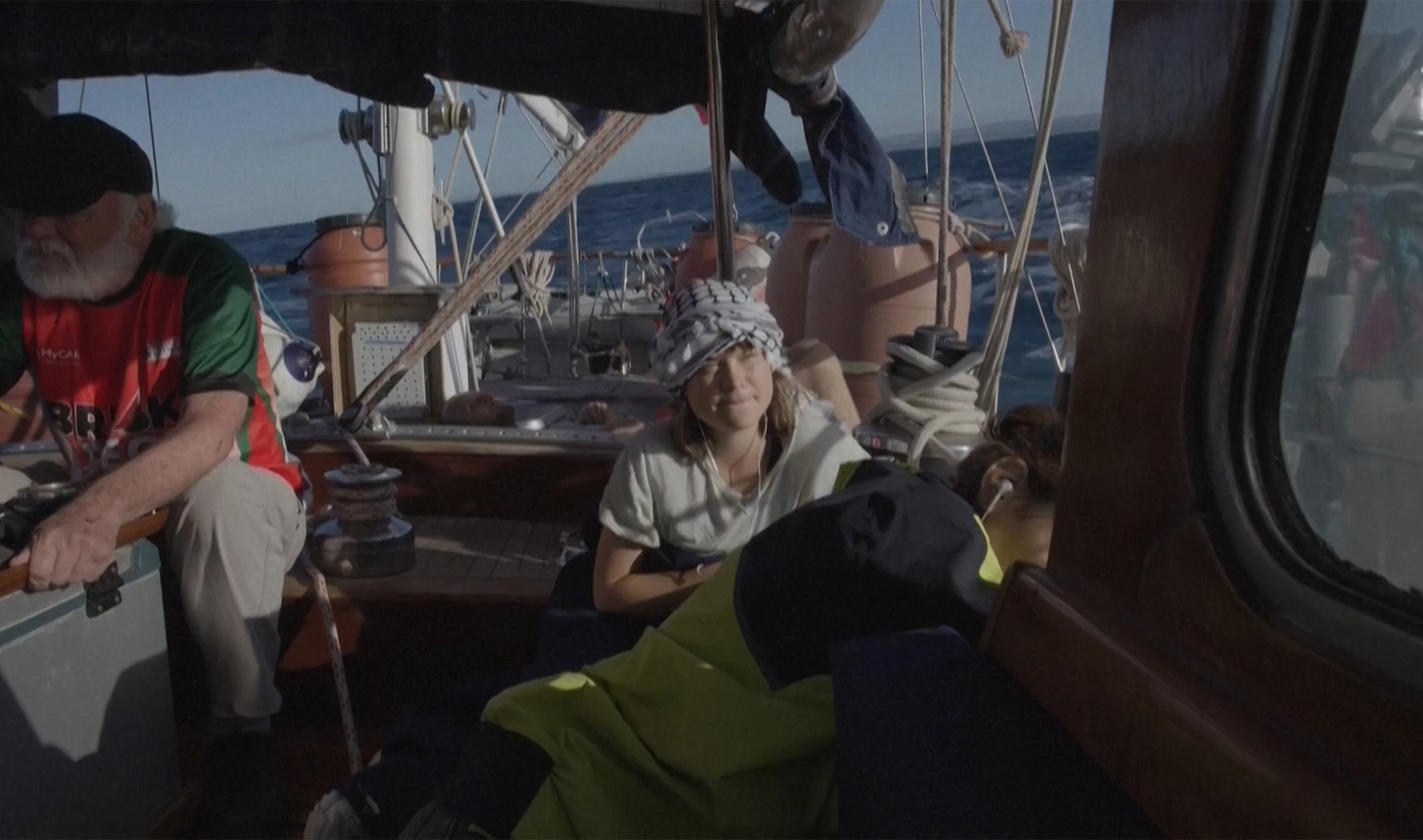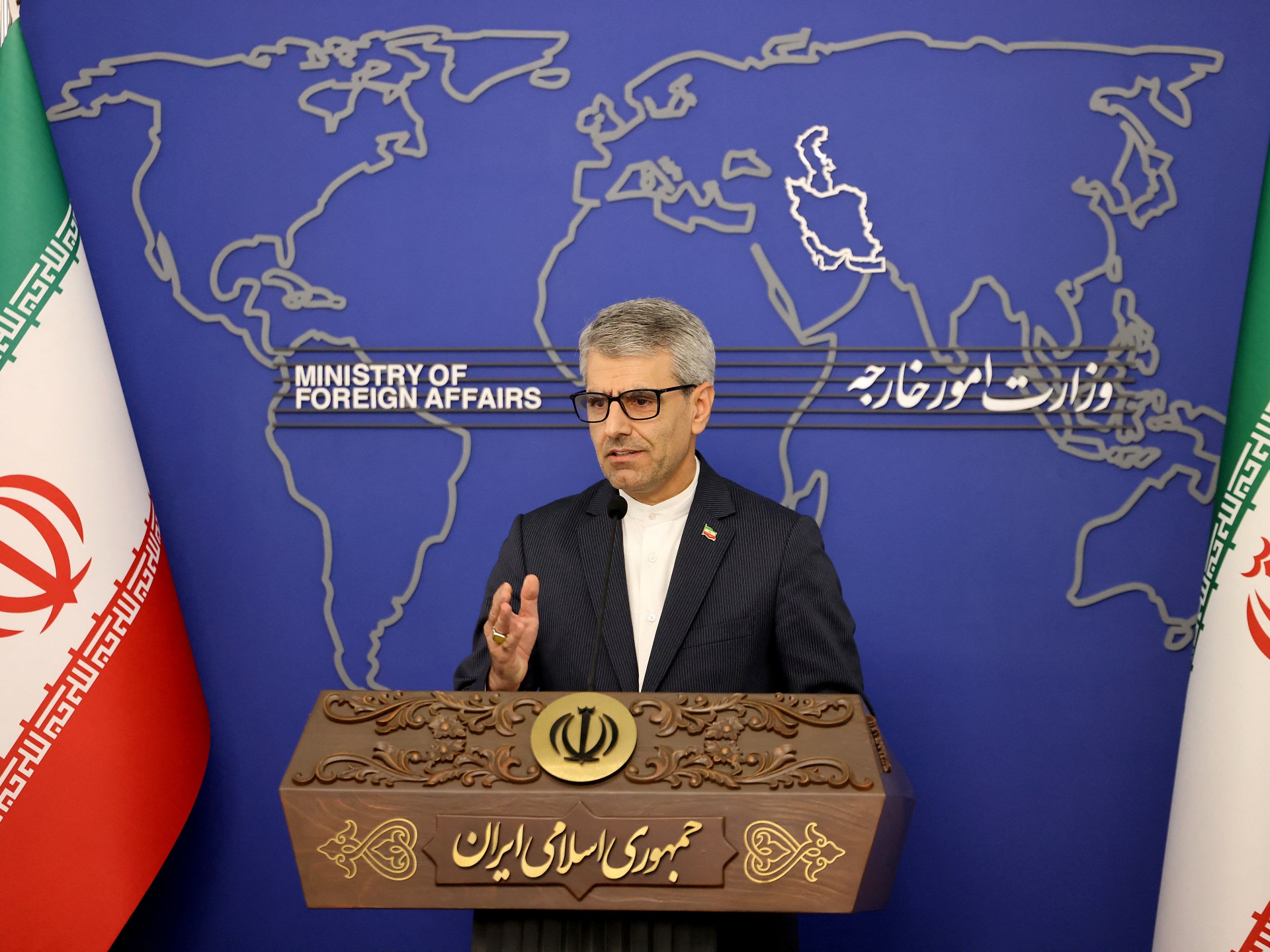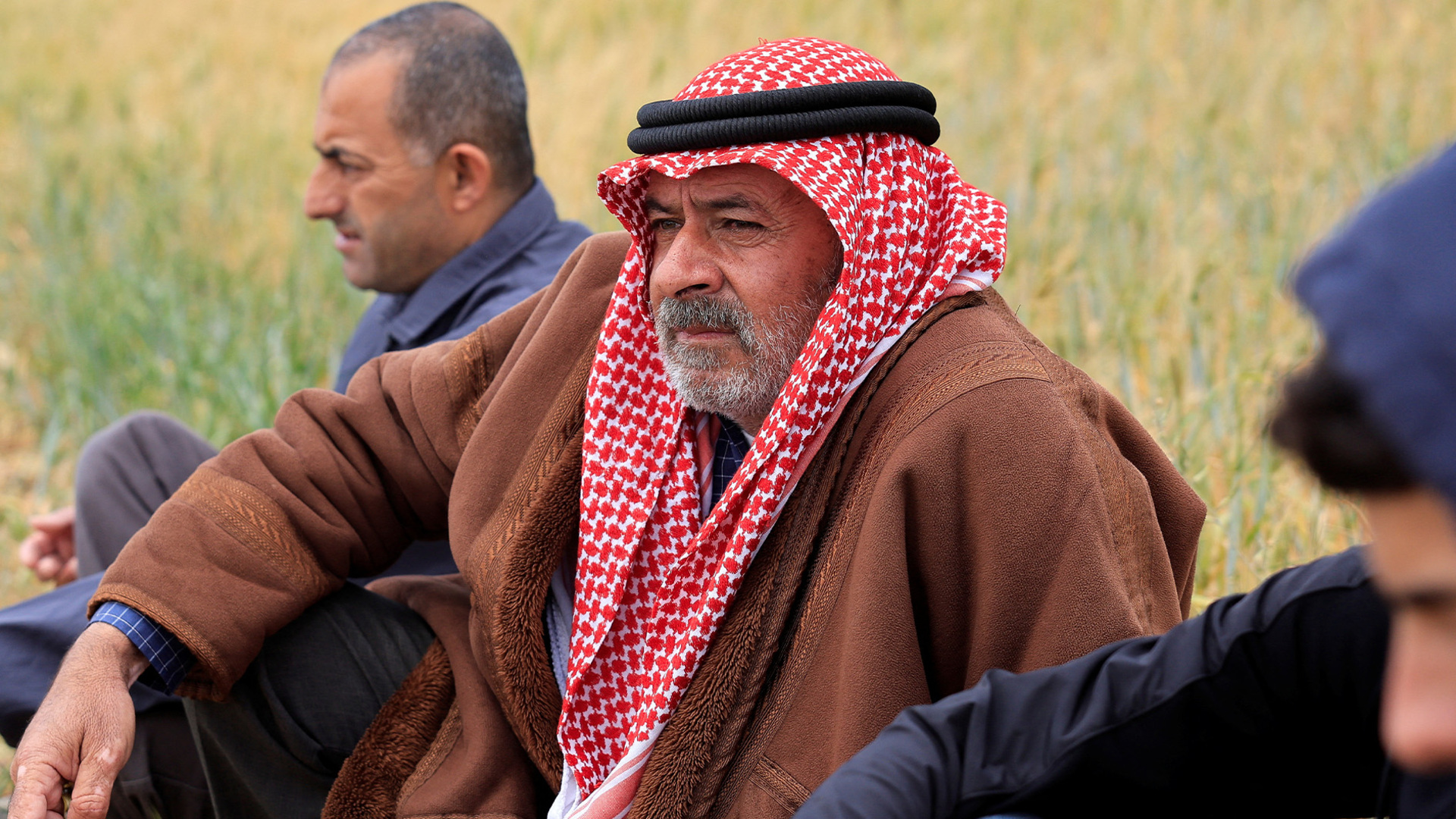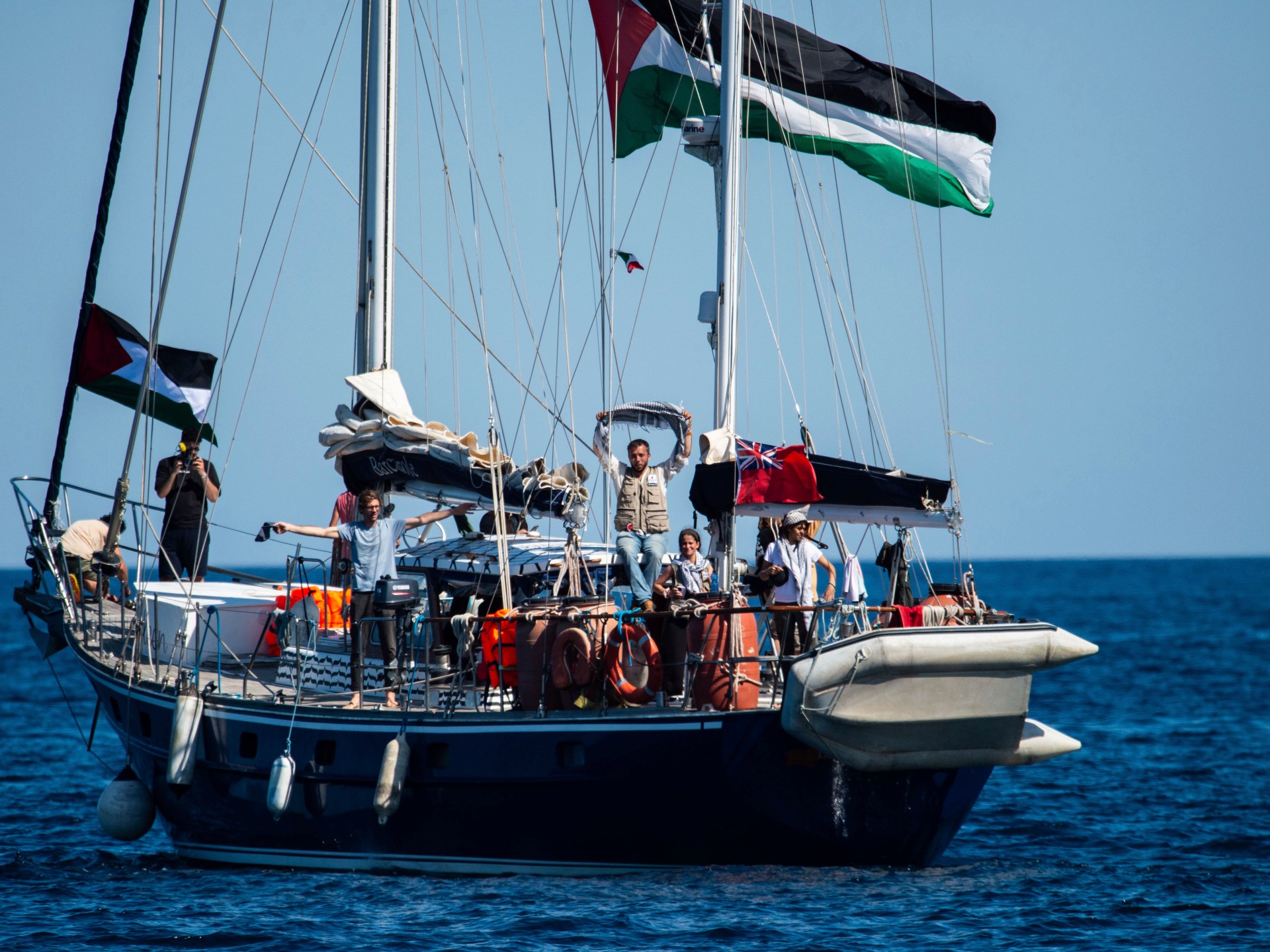Hunger and bullets: Palestinians recall Rafah aid massacre horror | Israel-Palestine conflict News
Khan Younis, Gaza – Yazan Musleh, 13, lies in a hospital bed set up in a tent on the grounds of Nasser Hospital, his t-shirt pulled up to reveal a large white bandage on his thin torso.
Beside him, his father, Ihab, sits fretfully, still shaken by the bloodied dawn he and his sons lived through on Sunday when Israeli forces opened fire on thousands of people gathered to receive aid from the Israeli-conceived, and United States-backed Gaza Humanitarian Foundation (GHF).
Ihab, 40, had taken Yazan and his 15-year-old brother, Yazid, from their shelter in al-Mawasi, Khan Younis, to the Rafah distribution point that the GHF operates.
They set out before dawn, walking for about an hour and a half to get to the al-Alam Roundabout roundabout in Rafah, near the distribution point.
Worried about the size of the gathering, hungry crowd, Ihab told his sons to wait for him on an elevation near the GHF gates.
“When I looked behind the hill, I saw several tanks not far away,” he says. “A feeling of dread came over me. What if they opened fire or something happened? I prayed for God’s protection.”
As the crowd moved closer to the gates, heavy gunfire erupted from all directions.
“I was terrified. I immediately looked towards my sons on the hill, and saw Yazan get shot and collapse,” he recalls.
Yazid, also sitting by his brother’s bedside, describes the moments of terror.
“We were standing on the hill as our father told us, and suddenly, the tanks opened fire.” He says. “My brother was hit in the stomach immediately.”
“I saw his intestines spilling out – it was horrifying. Then people helped rush him to the hospital in a donkey cart.”
Down by the gates, Ihab was struggling to reach his sons, trying to fight against the crowd while avoiding the shots still ringing out.
“Shooting was coming from every direction – from tanks, quadcopters.
“I saw people helping my son, eventually dragging him away.”
When Ihab managed to get away from the crowd, he ran as best as his malnourished body could manage, towards Nasser Hospital, in hopes that Yazan had been taken there. It felt like more than an hour, he says.
At Nasser Hospital, he learned that Yazan had been taken into surgery.
“I finally breathed. I thanked God he was still alive. I had completely lost hope,” he says.

The bullet that hit Yazan had torn through his intestines and spleen, and the doctors say he needs long and intensive treatment.
Sitting by him is his mother, Iman, who asks despairingly why anyone would shoot at people trying to get food. She and Ihab have five children, the youngest is a seven-month-old girl.
“I went to get food for my children. Hunger is killing us,” says Ihab.
“These aid distributions are known to be degrading and humiliating – but we’re desperate. I’m desperate because my children are starving, and even then, we are shot at?”
He had tried to get aid once before, he says, but both times he came away empty-handed.
“The first time, there was a deadly stampede. We barely escaped. This time, my son was wounded and again… nothing,” he says.
But he knows he cannot stop trying.
“I’ll risk it for my family. Either I come back alive or I die. I’m desperate. Hunger is killing us.”
The group distributing aid
The GHF, marketed as a neutral humanitarian mechanism, was launched in early 2025 and uses private US military contractors to “secure the distribution points”.
The GHF’s head, Jake Wood, resigned his post two days before distribution began, citing concerns that the foundation would not be impartial or act in accordance with humanitarian principles.
Five days later, on May 30, the Boston Consulting Group, which had been part of the planning and implementation of the foundation, withdrew its team and terminated its association with GHF.
International aid organisations have been unanimous in criticising the GHF and its methods.
‘We went looking for food for our hungry children’
Lying nearby in the tent ward is Mohammed al-Homs, 40, a father of five.
He had also headed out early on Sunday to try to get some food for his family, but moments after arriving at the al-Alam Roundabout roundabout, “I was shot twice – once in the leg and once in the mouth, shattering my front teeth,” he says.
“I collapsed, there were so many injured and dead around me. Everyone was screaming and running. Gunfire was coming from tanks, drones everywhere. It felt like the end of the world.”
He lay bleeding on the ground for what felt like an hour, as medical teams were not able to reach the injured.
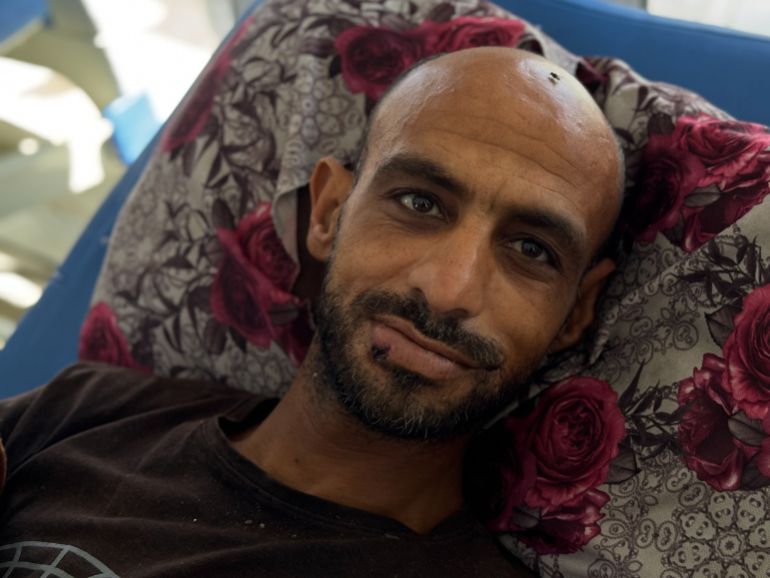
Then, word spread that the gates had opened for distribution, and those who could move started heading towards the centre.
It was only then that people could start moving the wounded to a nearby medical point.
“This was my first time trying to get aid, and it will be my last,” Mohammed says.
“I didn’t expect to survive. We went looking for food for our hungry children and were met with drones and tanks.”
‘I never imagined I’d face death for a box of food’
Also in the tent is someone who had succeeded in getting an aid package on the first day of distribution, on May 27, and decided to try again on Sunday: 36-year-old Khaled al-Lahham.
Al-Lahham is taking care of 10 family members: his parents, one aunt, and seven siblings, all of whom are displaced in the tents of al-Mawasi.
He had managed to catch a ride with five friends that morning, driving as close as they could to the al-Alam Roundabout roundabout.
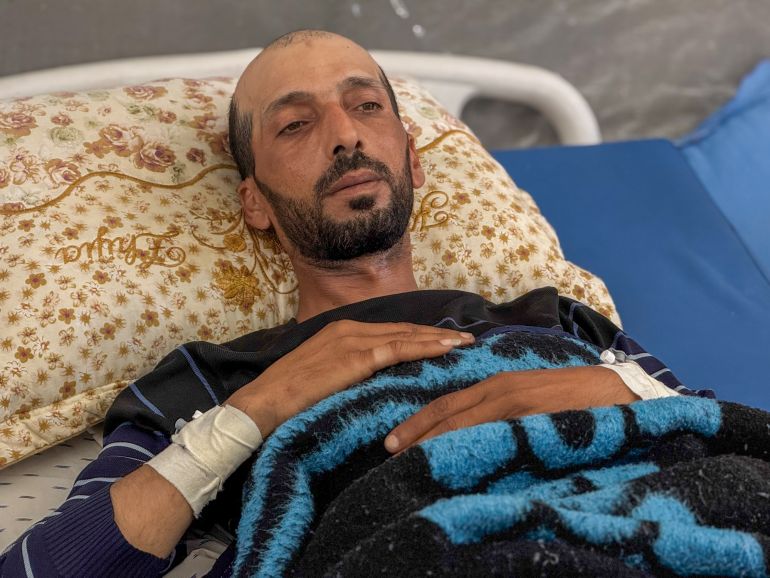
As the distribution time approached, the six friends started getting out of the car.
“Suddenly, there was loud gunfire all around and people screaming. I felt a sharp pain in my leg – a bullet had passed clean through my thigh,” says Khaled, who did not make it fully out of the car.
“I was screaming and bleeding while people around me ran and screamed. The shooting was frenzied,” he adds. “There were tanks, quadcopters – fire came from every direction.”
Injured, Khaled could not get out of the car and huddled there until one of his friends managed to return and drive him to the hospital.
“I never imagined I’d face death for a box of food,” Khaled says.
“If they don’t want to distribute the aid, why do they lie to people and kill them like this?
“This is all deliberate. Humiliate us, degrade us, then kill us – for food?”
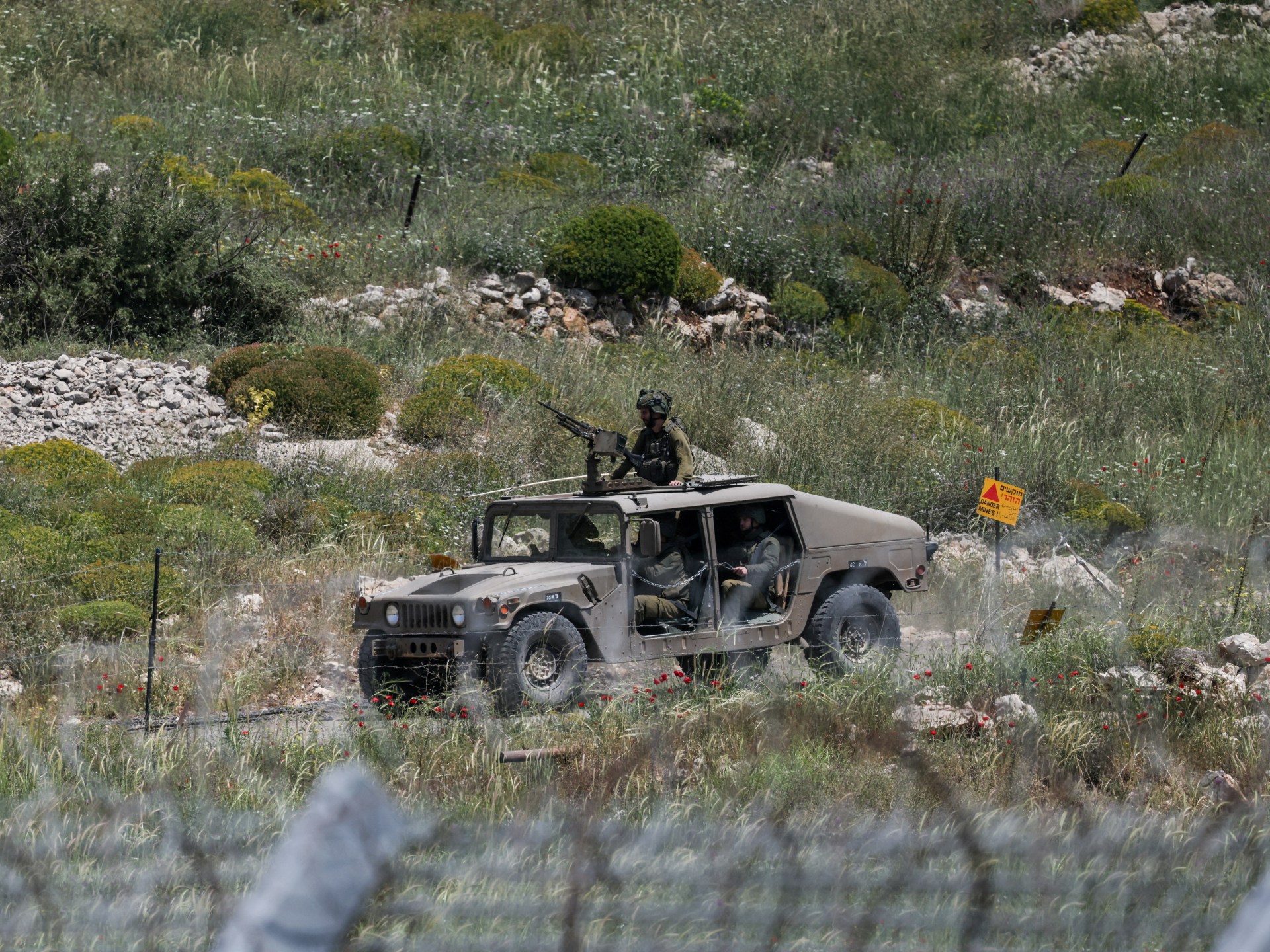
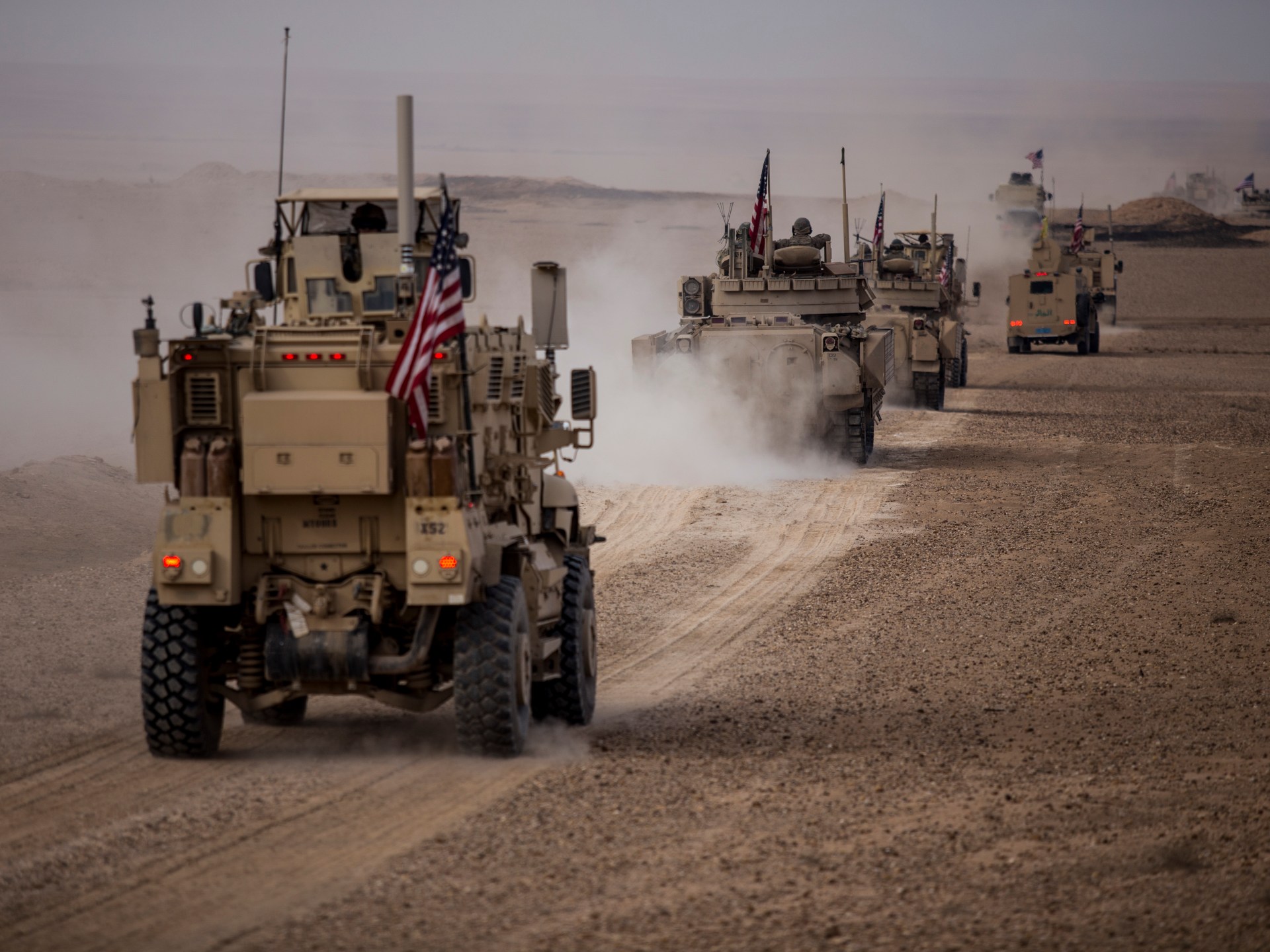
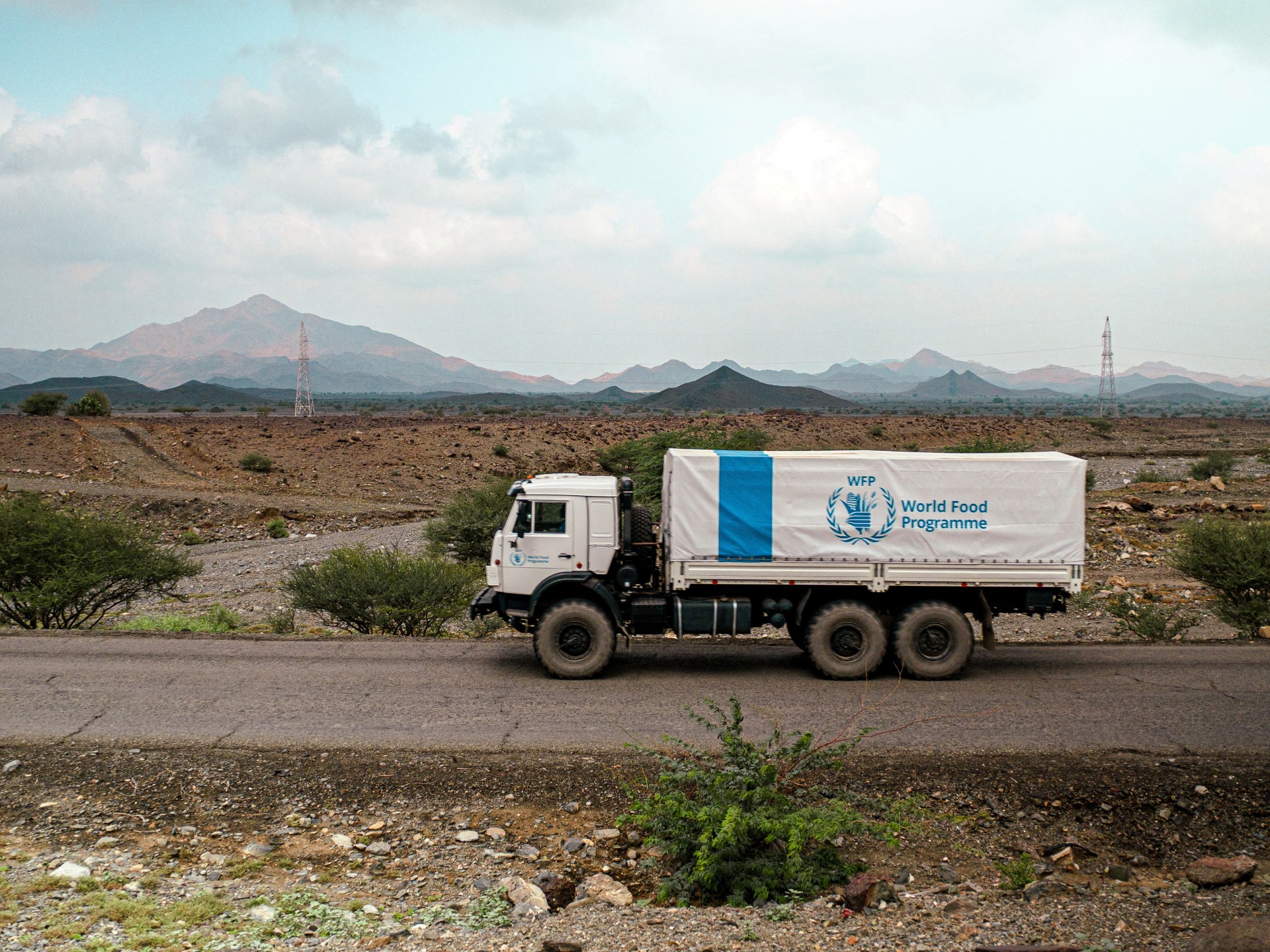




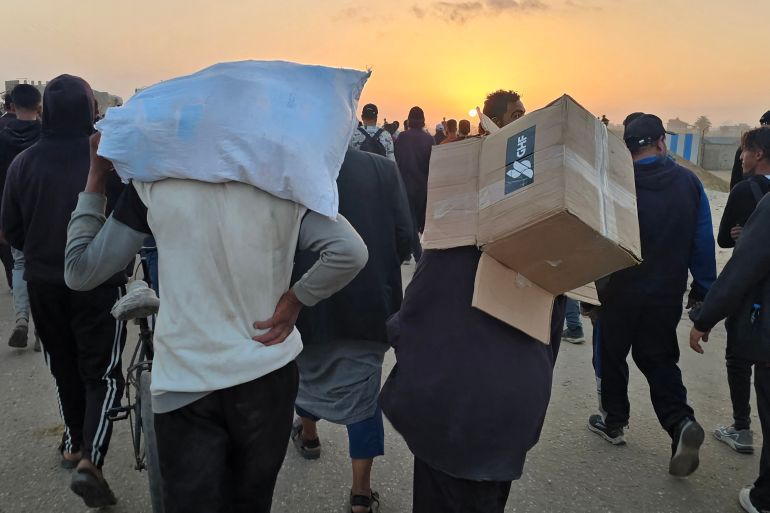
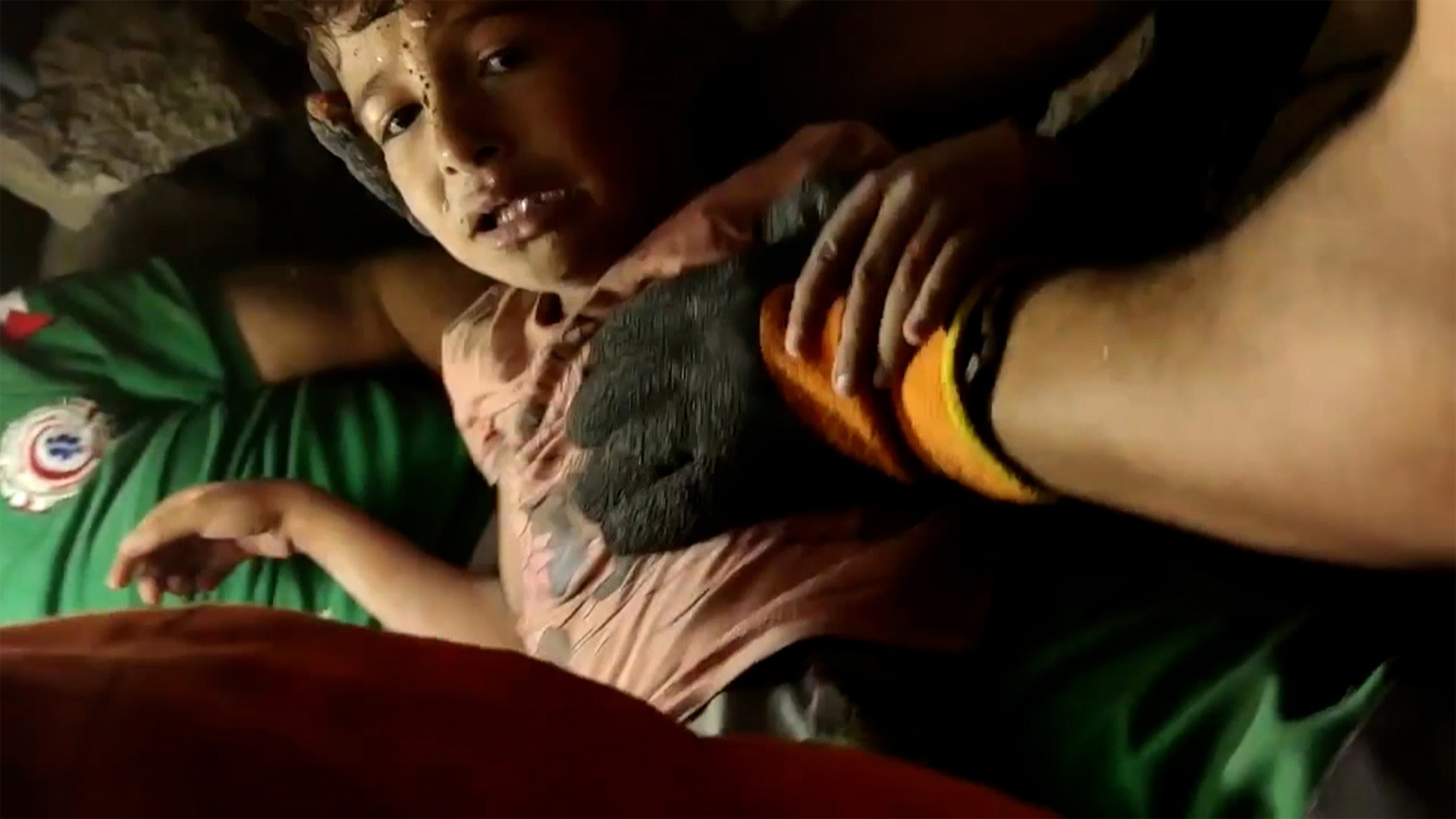
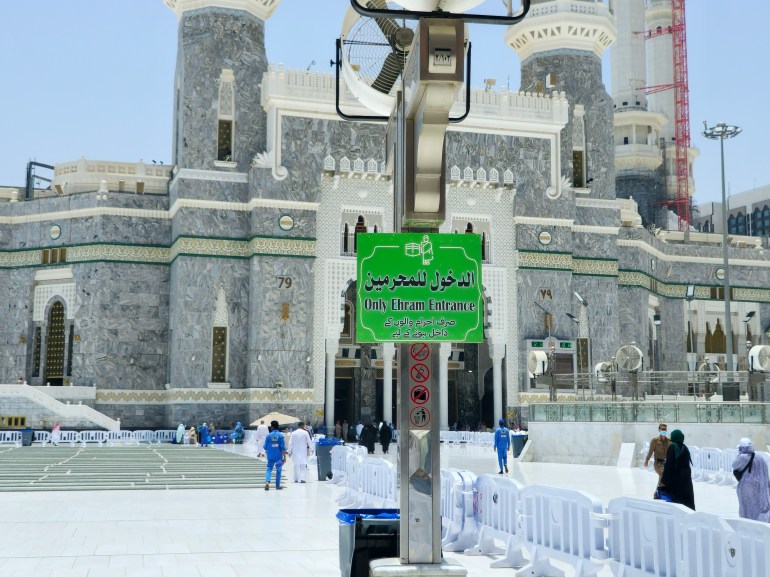


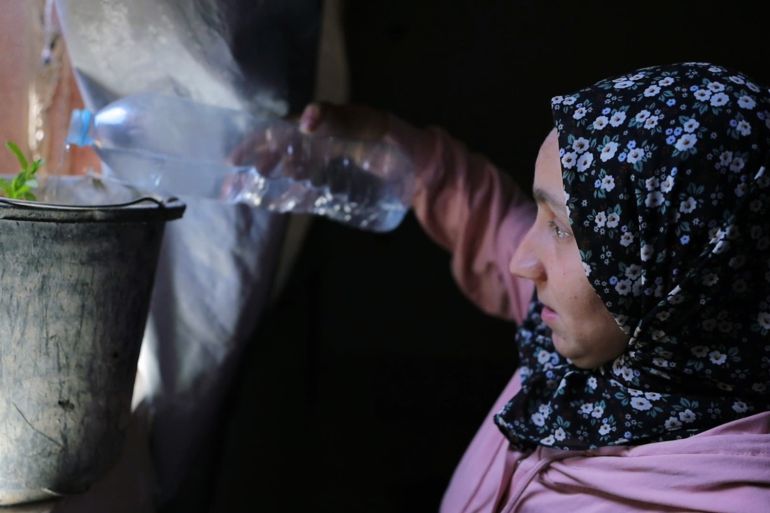


![Head of the Ukrainian delegation and Ukraine's Defence Minister Rustem Umerov (L) during a press conference after a second meeting of direct talks between Ukrainian and Russian delegations in Istanbul, on June 2, 2025. [Adem Altan/AFP]](https://www.aljazeera.com/wp-content/uploads/2025/06/000_48XD762-1748882936.jpg?w=770&resize=770%2C513&quality=80)


